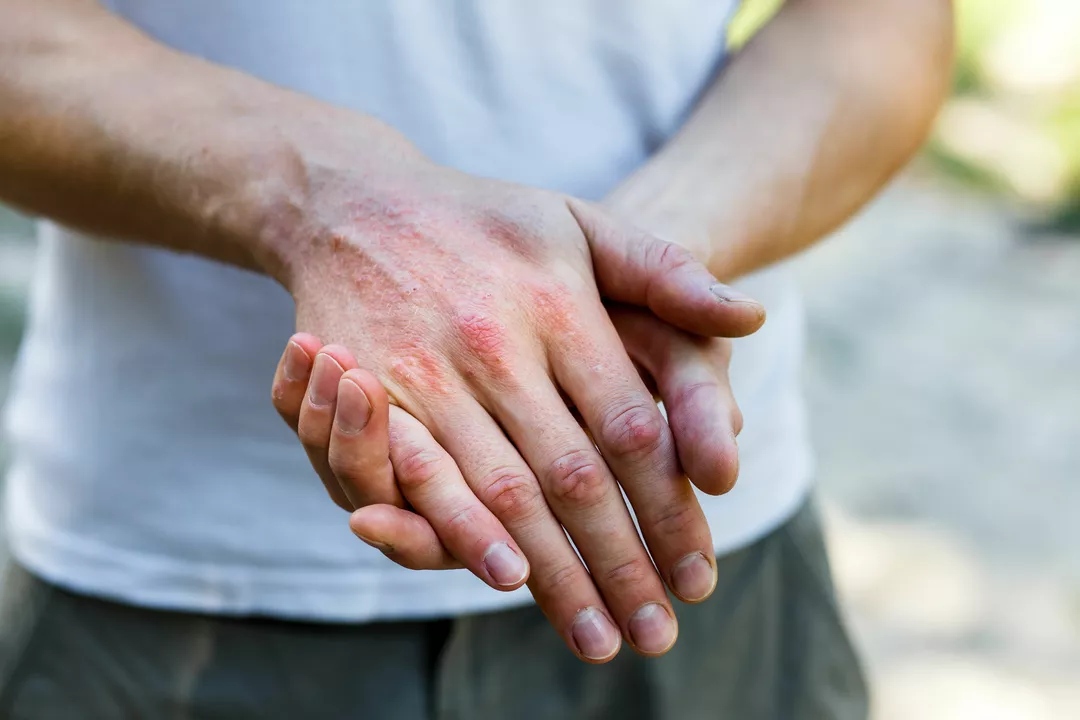Skin Care: Practical Tips, Treatments & Smart Product Choices
Want skin that looks healthy without wasting money on hype? Start with simple routines and smart choices. I’ll show what works for common problems — fungal infections, hair loss, acne, dry or sensitive skin — and how to pick treatments that actually help.
Top basics everyone needs
Cleanse gently once or twice a day using a mild, fragrance-free cleanser. Use a lightweight moisturizer after washing to keep the skin barrier intact — look for ceramides or glycerin. Protect skin daily with SPF 30+; sun damage makes almost every skin issue worse. Skip harsh scrubs and avoid over-washing: that dries skin and triggers more oil or irritation.
Patch test new products on your inner arm for 48 hours before applying them to your face. If redness, burning, or a rash appears, stop using it. For persistent redness or widespread reactions, see a dermatologist rather than guessing at creams.
Topical infections and antifungal options
If you have a ring-shaped rash, athlete’s foot, or discolored nails, you’re likely dealing with a fungal infection. For skin infections, tried-and-true topical azoles (clotrimazole, miconazole) usually work when used as directed for 2–4 weeks after symptoms clear. Nail fungus needs longer treatment: topical options like Amorolfine 5% (used weekly in some countries) can help mild cases, but oral antifungals are often necessary for stubborn infections. Talk to your doctor about options — some medicines require liver checks and interaction reviews.
Not getting better after a few weeks? See a clinician. Nail and scalp fungi often need prescription meds and a clear plan so you don’t waste time on ineffective treatments.
Hair, DHT, and scalp care
Worried about thinning? Minoxidil (topical) is the most consistent OTC option to boost growth. Finasteride (oral) and similar drugs block DHT and work well for many men, but they can cause sexual side effects for some. If you prefer natural routes, saw palmetto and pumpkin seed oil have small clinical trials showing modest benefits for certain people — they’re lower-risk but usually less powerful than prescription drugs.
Combine gentle scalp care with any treatment: avoid tight hairstyles, cut back on daily heat, and use a mild shampoo. If hair loss is sudden, patchy, or accompanied by other symptoms, get evaluated to rule out thyroid issues or autoimmune causes.
Skincare isn’t one-size-fits-all. Match active ingredients to the problem, expect realistic timelines (weeks to months for many treatments), and check with a professional for persistent or severe issues. Small, consistent steps beat quick fixes every time.
Living with Dermatitis Herpetiformis: Tips for Managing Your Condition
Living with dermatitis herpetiformis can be challenging, but I've found some effective tips to manage my condition. First, adhering to a strict gluten-free diet has significantly reduced my symptoms. Second, regular visits to my dermatologist have helped me stay on track with my treatment plan. Additionally, using mild, fragrance-free skincare products and keeping my skin moisturized has improved my overall skin health. Lastly, managing stress and getting enough rest have also played a vital role in controlling my dermatitis herpetiformis symptoms.

